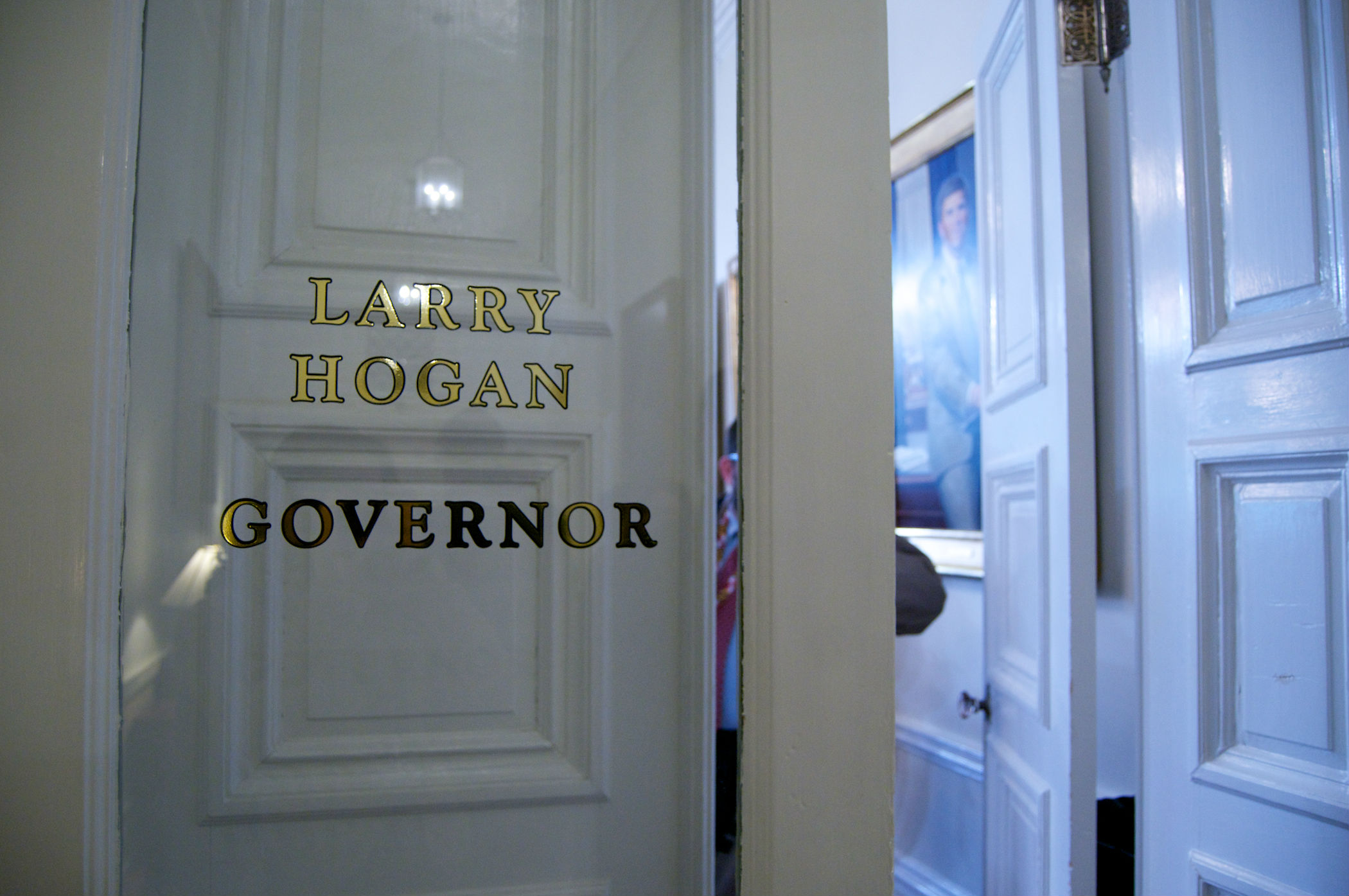By Greg Masters
Capital News Service
A pilot program to install tracking devices on some commercial fishing boats in the Chesapeake Bay may go into effect next year.
The program would be voluntary for commercial fishermen. It will be discussed at two open houses next week along with proposed fishing regulations from the Maryland Department of Natural Resources Fisheries Service.
But vessel monitoring systems may ultimately be required to discourage illegal fishing in Maryland, said Tom O’Connell, director of the fisheries service.
“The objective is to get greater compliance in the ability to enforce our fisheries management rules,” O’Connell said about the pilot program, which may apply to the rockfish fishery, oyster fishery, or both.
This winter, Maryland Natural Resources Police discovered more than 13 tons of poached striped bass, also called rockfish, in illegally anchored nets in the Chesapeake Bay.
The poaching finds led fisheries agencies to close rockfish season early. Natural Resources Police served search warrants related to the poaching but have made no arrests.
Vessel monitoring systems discourage illegal fishing by allowing agencies to track commercial fishing boats that go into closed areas or operate during restricted times. They are being used increasingly across the United States and Canada but would be new to Maryland, O’Connell said.
Voluntary, small-scale program
“The idea is, before even considering this being a requirement in any of our fisheries, we should do a small-scale pilot program that’s voluntary so that we have the opportunity to experiment with different types of vessel monitoring systems,” O’Connell said.
The program would also give watermen the chance to experiment with having a GPS tracking device installed on their boats.
“I think that watermen in general have some concerns with the government being able to track their vessels’ movements,” O’Connell said.
Larry Simns, president of the Maryland Watermen’s Association, said he is not bothered by the idea of being tracked.
“Nobody wants to have the government on your back all the time, but if we don’t do something, two or three bad apples are going to ruin the whole fishery for us,” Simns said.
Most law-abiding watermen will be fine with vessel monitoring systems as long as it does not cost them anything, Simns said.
“The ones that are breaking the law are going to raise the devil about it,” he said.
Cost of devices a concern
But the cost of vessel monitoring systems – which could be $1,500 to $3,000, according to O’Connell – concerns Simns. “If we have to pay for it, we just can’t do it,” he said.
For the pilot program, DNR is looking at buying the devices for participants using grant money, O’Connell said. But if tracking devices ever become a requirement, the industry will likely have to pay for them.
O’Connell said the increased cost of the vessel monitoring systems could be offset in other ways, such as relaxing regulatory constraints on the industry. For example, participants in the pilot program may receive an individual quota, or allotted amount of fish, giving them the flexibility to fish when the market is best for them, he said.







Recent Comments